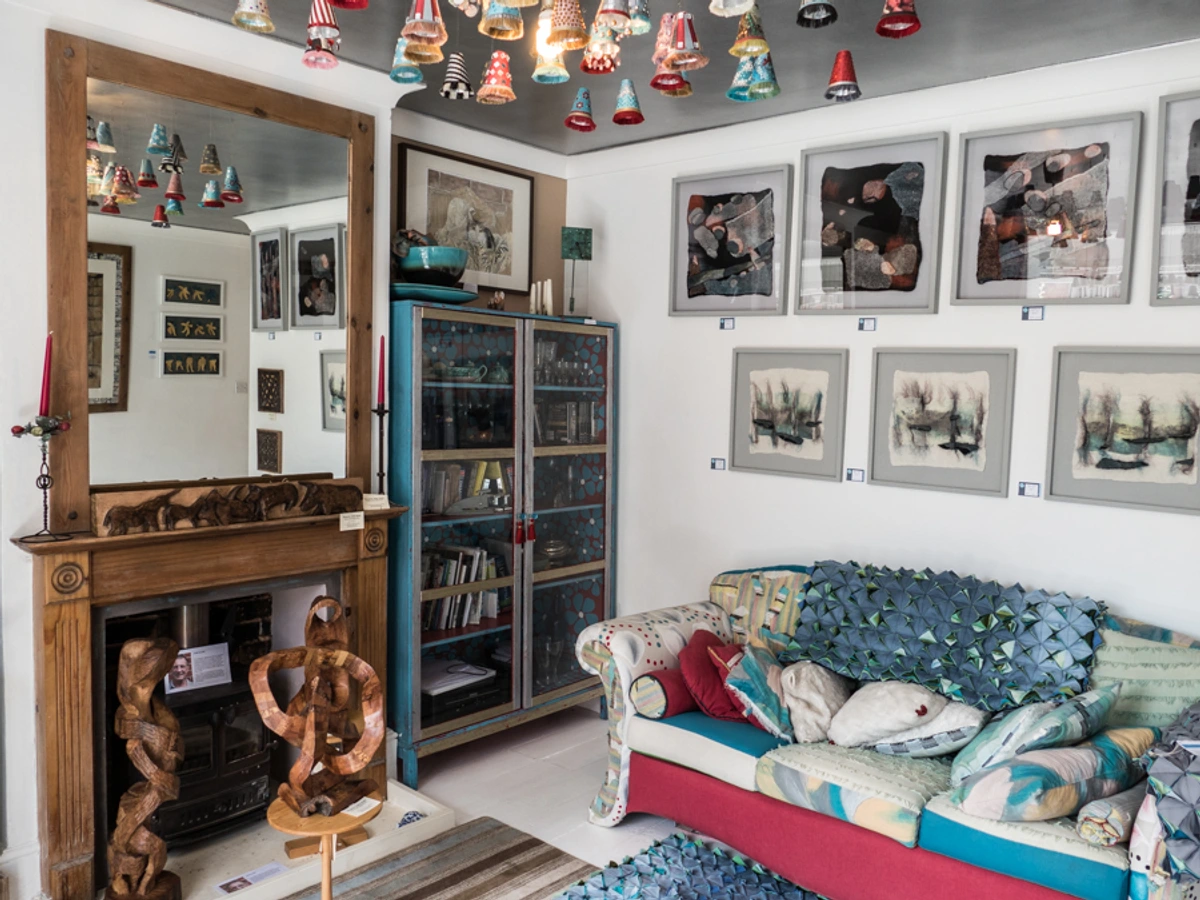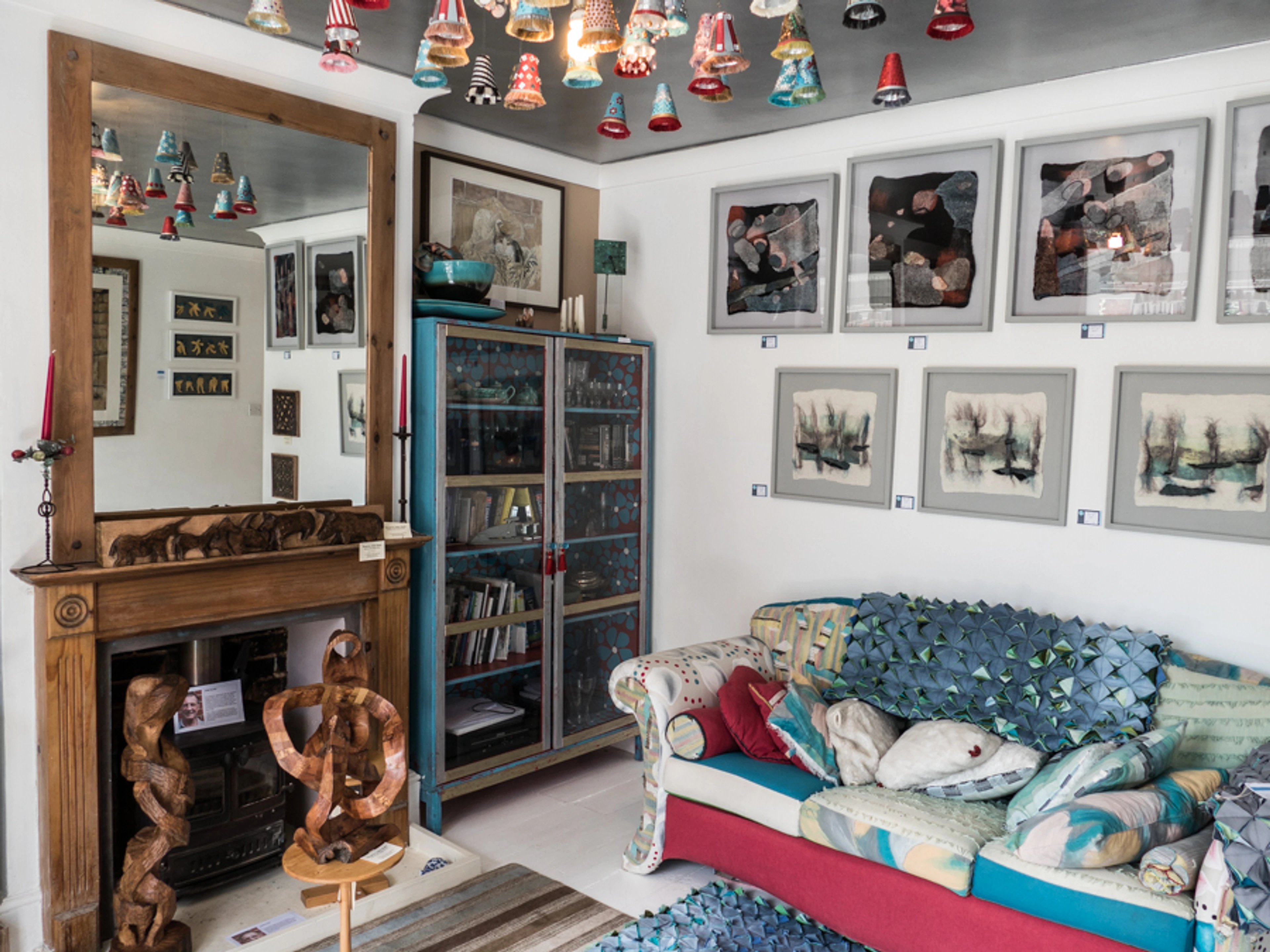
Artist Residencies & Open Studios: My Personal, Extended Guide
Step inside the artist's world! My personal, extended guide to visiting artist residencies and open studios – what they are, why they're magical, how to find them, and tips for your visit, from an artist's perspective.
Stepping Inside the Creative Bubble: My Personal, Extended Guide to Artist Residencies and Open Studios
Let's be honest. Sometimes, the art world can feel a bit... distant. You see finished pieces in a gallery, maybe read a sterile artist statement, and wonder, "How did they even make that? What's their world like?" It's like seeing a finished cake in a bakery window and never getting to peek into the kitchen.
Well, artist residencies and open studios are your chance to step into that kitchen. Think of this article as your personal invitation behind the scenes. We'll explore both the focused, often solitary time artists spend creating during a residency, and the vibrant, public moment of the open studio. They're not just events; they're invitations into the messy, vibrant, sometimes chaotic, and always fascinating space where art is born. And as an artist myself, I can tell you, opening that door is a big deal – for both of us.
What Exactly Are Artist Residencies?
Think of an Artist Residency as a dedicated block of time and space for an artist to focus intensely on their work, away from the distractions of daily life. It could be anywhere from a few weeks to several months, though some can be as short as a week or as long as a year, in a quiet cabin in the woods, a bustling city apartment, or a dedicated arts complex. The core idea is providing artists with the environment and resources needed for focused creation, experimentation, and growth.
Residencies come in many forms, catering to different needs and disciplines. Some are in serene, rural settings, perfect for introspection and connecting with nature. Others are in dynamic urban centers, offering access to city resources, galleries, and other artists. There are residencies specifically for painters, sculptors, writers, musicians, or those working in mixed media. Beyond location and medium, you'll find residencies that are research-focused, allowing artists to delve deep into a specific topic or community; community-engaged, where the artist works directly with local populations; or even digital/virtual, offering time and resources without requiring physical relocation. Increasingly, you can even find family-friendly residencies that accommodate partners or children, acknowledging that life doesn't stop just because the art needs attention. Some programs are tied to specific institutions like museums or universities, offering access to unique collections or academic resources. Others might focus on specific techniques, like printmaking, ceramics, or performance art, providing specialized equipment and technical support.
For me, the idea of a residency is pure bliss – uninterrupted time to just make. No laundry, no emails (well, fewer emails), just the glorious, sometimes terrifying, blank canvas or block of clay. It's a chance to experiment, to push boundaries, and sometimes, just to breathe and let new art inspirations bubble up. I remember one residency where I spent weeks just experimenting with a new material, something I'd never have had the sustained focus for at home. Another time, being in a completely new environment, away from my usual studio habits, unexpectedly unlocked a solution to a compositional problem I'd been stuck on for months. It felt like being a kid in a sandbox again, but with slightly more expensive toys.
However, it's not always just quiet creation. Residencies often come with expectations. You might be asked to give a public talk about your work, lead a workshop for the local community, or participate in a final exhibition showcasing what you created. Some programs even require a donation of a piece of work to their collection. These public-facing elements can be a great way to connect, but they also add a layer of pressure to the focused time. And let's not forget the challenges – isolation can be real, especially in remote locations. There's also the internal pressure to produce something 'worthy' of the opportunity, or simply the logistical hurdle of navigating an unfamiliar environment and studio space. It's a complex experience, a mix of intense focus, potential challenges, and invaluable growth.
They often provide resources – dedicated studio space, access to specific equipment like printmaking presses, kilns, or darkrooms, technical support, and sometimes even a stipend or housing. They can also offer invaluable networking opportunities, connecting artists with curators, critics, and fellow residents. However, it's important to know that many residencies require artists to pay a fee or cover their own living costs. The financial models vary widely, funded by everything from government grants and private endowments to artist fees and host institution budgets. The application process itself can be quite competitive, often requiring a strong portfolio, a clear project proposal outlining what you plan to work on and why it fits that specific residency's mission, and letters of recommendation. It's a crucial part of many artists' journeys, a period of intense growth and exploration that directly impacts the work you eventually see in galleries or online.
From the perspective of the hosting institution, offering residencies is a way to support artistic development, foster creativity, and enrich their local community. It brings new energy, ideas, and perspectives into their space, often leading to exhibitions, workshops, or public talks that benefit everyone involved.
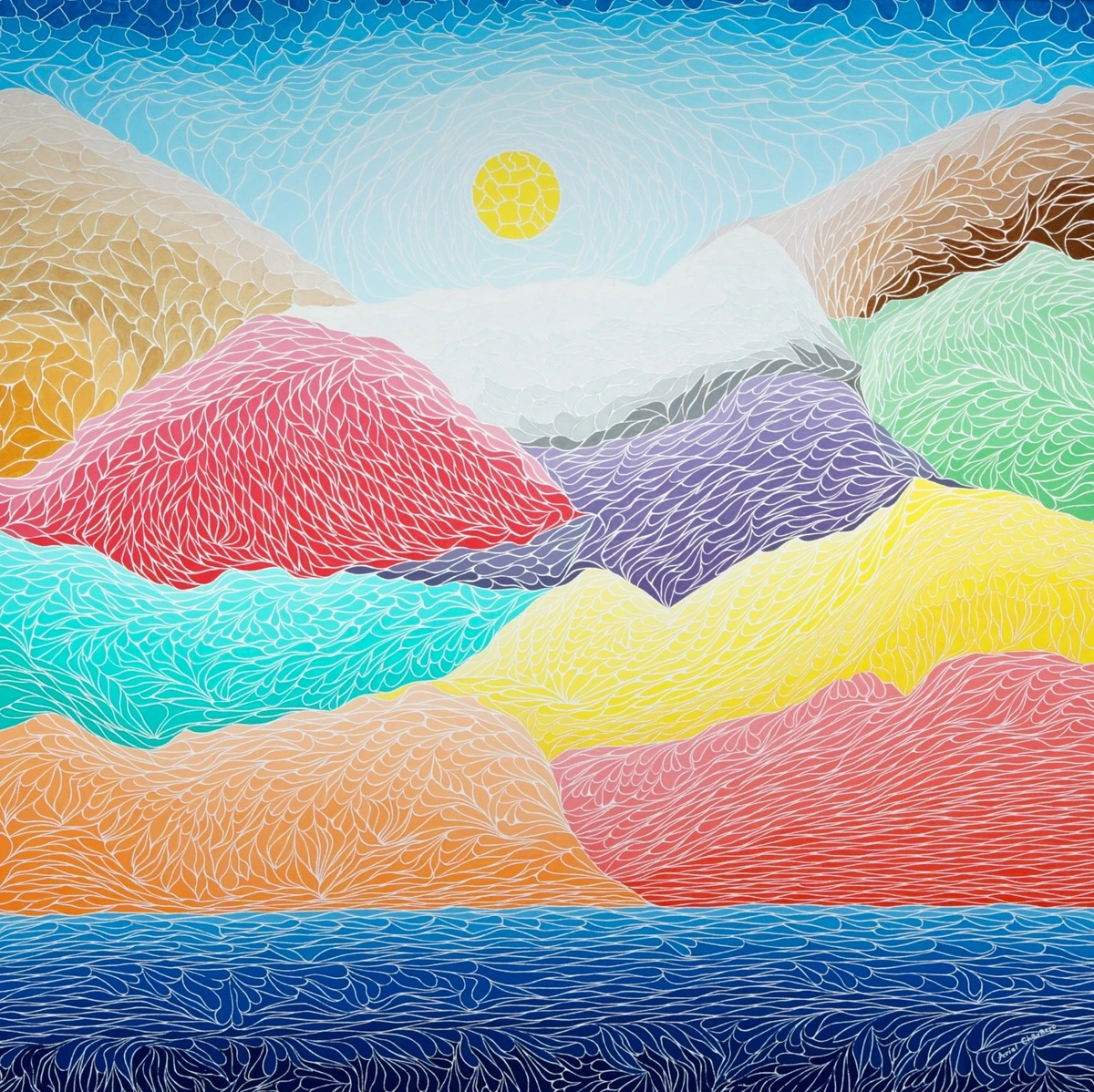
The Magic of the Open Studio
Now, an Open Studio is different. It's the moment, usually at the end of a residency or just a regular event for local artists, when the artist throws open their studio doors to the public. This can happen in various contexts: as part of a formal residency program's culminating event, during city-wide or neighborhood art walks, or simply when an individual artist decides to invite people into their workspace. It's a deliberate act of vulnerability and sharing. For the artist, it involves a surprising amount of preparation – cleaning (or at least strategically tidying the 'organized chaos'), arranging work (finished pieces alongside works-in-progress), planning the flow of visitors, and mentally preparing for conversations about their deeply personal creative process. Trust me, explaining why you spent three weeks staring at a blank wall is harder than it looks. And trying to make a truly chaotic studio look merely 'lived-in' rather than 'hoarder-adjacent'? That's an art form in itself.
Beyond the tidying, there are logistical hurdles. How do you handle transactions? Do you need insurance? What about packing and shipping if someone buys a large piece? And then there's the mental prep for potentially difficult questions or awkward silences. It's a performance in its own right, balancing the desire to share with the need to protect the fragile creative space.

Stepping into an artist's studio is like stepping into their brain, or maybe their heart. It's rarely pristine. There's paint on the floor (definitely on my floor), sketches tacked to the walls, works in progress everywhere, tools scattered around. You might catch the faint scent of turpentine or the specific smell of clay. There might be a half-finished playlist humming in the background. It's a workspace, a laboratory, a sanctuary – and for a few hours, it's open to you.

I remember my first open studio – I was a nervous wreck! Would anyone come? Would they get it? But then people started arriving, and the conversations began. It wasn't just about the finished pieces; it was about the process, the ideas, the happy accidents, and the frustrating failures. It was real. It's a chance for the artist to connect directly with the people who appreciate their work, and for visitors to see art in a completely different, less formal context than a traditional art gallery. It's seeing the art in situ, surrounded by the very energy that brought it to life.
Why Visit an Artist's Open Studio?
Okay, you might be thinking, "Sounds interesting, but why should I carve out time to visit one?" Great question! So, why trade your Saturday afternoon for a potentially paint-splattered floor? From my side of the easel, here are a few compelling reasons:
- See the Process & Works-in-Progress: Galleries show the final product. Open studios show the journey. You might see preliminary sketches tacked next to a finished painting, or a sculpture mid-construction with tools scattered around. You'll see the materials, the tools, the half-finished experiments. It demystifies the creative act. It's like seeing how the elements of art come together in practice, right before your eyes. Seeing a piece that's still evolving offers a unique window into the artist's mind and the evolution of an idea.
- Direct Connection: You get to meet the human behind the art. Ask them anything! (Within reason, of course – maybe save the existential crises for another time). This personal interaction adds a whole new layer of meaning to the work. You can hear the story behind a piece directly from its creator. It's a chance to build a genuine relationship with an artist.
- Discover New Art & Artists: Open studios are fantastic places to find emerging artists worth collecting before they hit the big galleries. You might stumble upon your new favorite piece or artist.
- Buy Art Directly: Often, you can purchase work directly from the artist. This is a fantastic way to support them and acquire a piece with a direct connection to its creator and birthplace. It can also sometimes be more affordable than buying through a gallery, though understanding art prices is always key. You might even be able to discuss negotiating payment plans directly. Be prepared to potentially carry the artwork home or discuss shipping arrangements, especially for larger pieces.
- Understand the Context: Seeing where and how the art was made provides invaluable context. The environment, the tools, the atmosphere – it all influences the final piece. Seeing a large-scale work in a small studio space gives you a different perspective on its scale and the physical effort involved. It's a different way to experience art, seeing it in its birthplace before it potentially finds a home, perhaps even art at home in your home.
- Opportunity for Commissions & Relationships: Did you fall in love with an artist's style but need a different size or subject? An open studio is the perfect place to discuss commissioning a custom piece. It's also where you can start a relationship with an artist, following their journey and potentially collecting more of their work over time.
- Unique Atmosphere: It's usually more relaxed and informal than a gallery opening. Think less hushed reverence, more lively conversation and genuine curiosity. It's a chance to experience art in a truly personal setting.
- Support the Local Ecosystem: Visiting open studios, especially those by local artists, directly supports the vibrant arts community in your area. You're contributing to the cultural fabric just by showing up.
- Potential for Workshops or Demos: Some artists use open studio events as an opportunity to offer brief demonstrations of their techniques or even mini-workshops. Keep an eye out for these added experiences!
- Networking for Visitors: You're not the only one there who loves art! Open studios can be great places to meet other art enthusiasts, collectors, or even artists, expanding your own network within the art community.
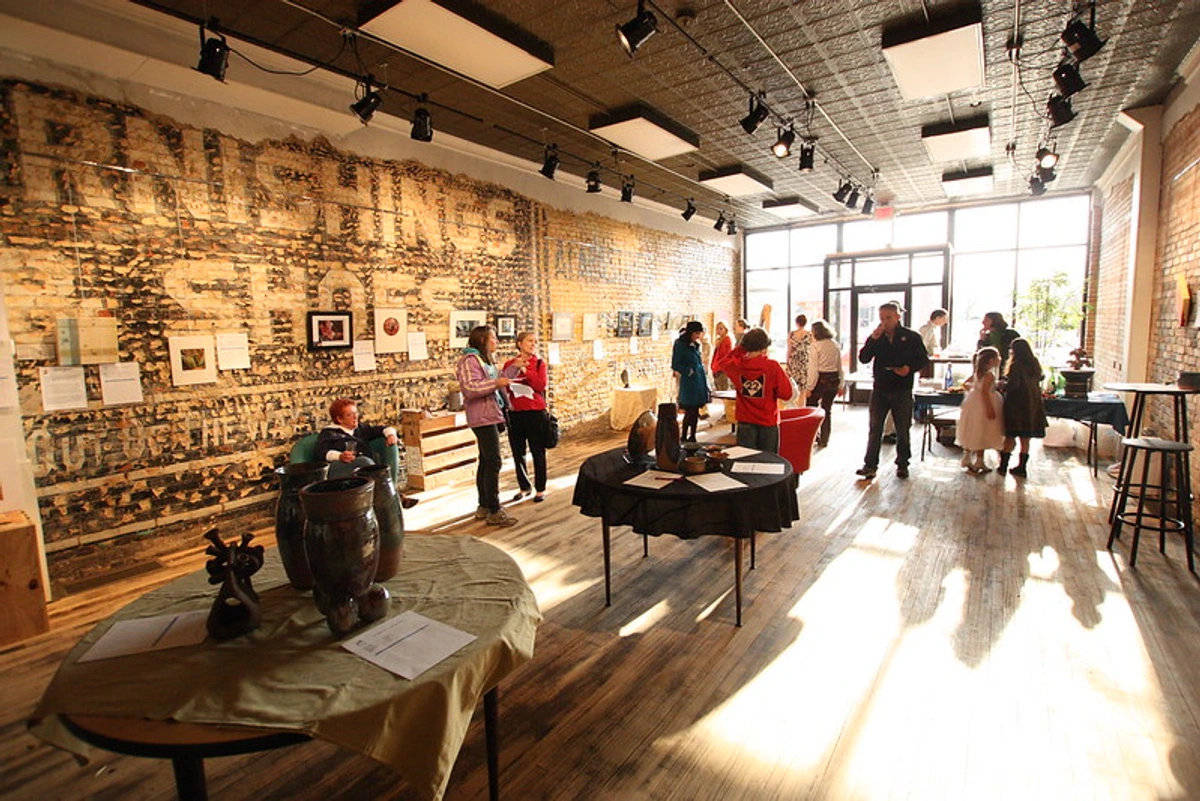
Finding Open Studios Near You (or Far Away)
So, how do you find these hidden gems? It takes a little digging, but it's absolutely worth it. Think of it as a treasure hunt!
- Local Arts Councils & Organizations: Many cities and towns have organizations that promote local artists and events. They often list open studio weekends or art walks. These are usually my first stop when I'm exploring a new area.
- Social Media Groups: Local art groups, neighborhood groups, or community pages on platforms like Facebook or Meetup often share information about upcoming open studios and art events.
- Artist/Gallery Newsletters: Sign up for newsletters from artists or local art galleries you're interested in. They frequently announce open studio dates.
- Residency Program Websites: Residencies often have public events, including open studios, towards the end of a session. Check the websites of programs in areas you're interested in. It's a great way to see work created in a specific, focused environment.
- Local Galleries: Sometimes local art galleries will promote their artists' open studios. They have a vested interest in their artists' success.
- Art Fairs & Festivals: While not studios, these are great places to meet artists and ask if they have upcoming open studio events. (See my guide to visiting art fairs). It's a good way to make initial contact.
- Community Event Calendars & Arts Blogs: Check local online calendars or blogs dedicated to the arts scene in your area. They often aggregate listings from various sources. A little online searching can go a long way.
- Word of Mouth: Talk to people in your local art scene! Gallery owners, other artists, or art enthusiasts often know about upcoming events. Don't be afraid to ask around!
Finding that perfect open studio might take a bit of effort, but the reward of stepping into a creative space is well worth the search.
Tips for Visitors (From an Artist's Perspective)
Okay, you've found one! Here's how to make the most of your visit and ensure it's a great experience for both you and the artist. Think of these as the unspoken rules of the studio bubble. From my side of the easel, these are the things that make a visitor truly appreciated:
Before You Go:
- Check Details: Confirm opening hours, location, and any specific instructions before you go. Some studios might have limited space or specific entry requirements. A quick check saves everyone hassle.
- Accessibility: Studio spaces can vary greatly. If you have accessibility needs, it's a good idea to check with the artist or organizing body beforehand. Many artists work in older buildings or private homes that may not be fully accessible. It's always better to know in advance.
During Your Visit:
- Be Curious, Ask Questions: Artists love talking about their work (mostly). Ask about their process, their inspiration, their materials. It shows genuine interest and can lead to fascinating conversations. "What was the biggest challenge with this piece?" or "Where did the idea for this series come from?" are great starting points. We appreciate you wanting to understand.
- Respect the Space: Remember, it's their workspace, maybe even their home. Don't touch artwork without asking. Be mindful of wet paint, delicate sculptures, or tools. If you're unsure, just ask! My floor might have paint on it, but please don't add your own.
- It's Okay Just to Look: You are not obligated to buy anything. The artist is genuinely happy you came to see their work and studio. Don't feel pressured to purchase. Your presence and interest are valuable forms of support.
- But If You Love It... Don't be shy about asking about purchasing or negotiating payment plans. Artists need to sell their work to keep making it! Asking about the price is perfectly acceptable. We won't bite.
- Bring a Friend: Sharing the experience can make it even more enjoyable and spark interesting discussions. Plus, it's always good to have a buddy to navigate new spaces with.
- Photography: Is it okay to take photos? Generally, it's best to ask the artist first. Most are happy for you to take pictures (especially if you tag them on social media!), but some might have reasons for preferring you don't – perhaps it's work-in-progress they aren't ready to share, they want to protect proprietary techniques, or it's their private home. A simple "May I take a photo?" goes a long way.
- Bring a Notebook or Use Your Phone: Jot down the artist's name, website, or notes about pieces that catch your eye. It's easy to forget details later, and this shows you're seriously engaging with the work.
- How Long Should You Stay? There's no set time! Stay as long as you're engaged. Some people pop in for 10 minutes, others stay for an hour chatting. Just be mindful if the space is getting very crowded.
- How to Start a Conversation? A simple "Hello, I love your work!" or "Could you tell me a little about this piece?" is perfect. Artists are usually happy to talk about their passion.
After Your Visit:
- Ask for Contact Info: If you love the work but aren't ready to buy, or want to follow the artist's journey, ask for a business card, website, or social media handle. We love connecting with people who appreciate what we do.
- Consider Logistics: If you plan to purchase a piece, especially a larger one, think about how you'll get it home. Some artists might offer delivery or shipping, but it's good to be prepared to carry it or arrange pickup later.
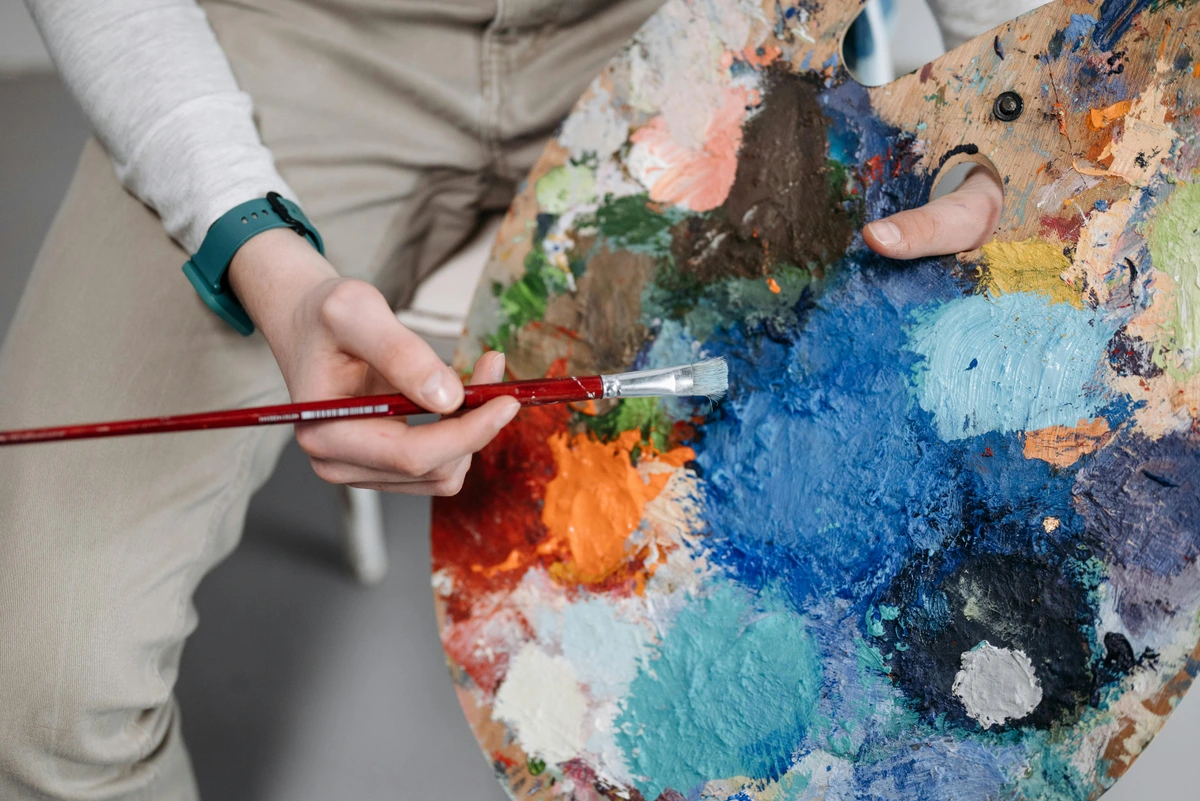
The Value Beyond the Sale: An Artist's Perspective
Stepping back from the practicalities of visiting, it's worth reflecting on what these events truly mean. For the artist, open studios are about so much more than just making sales. They're about connection, getting feedback, building relationships, and sharing their passion. It's a vital part of the ecosystem that keeps the creative spirit alive. Hearing how a piece resonates with someone, or having a thoughtful conversation about the work, can be incredibly motivating and validating. It's a chance to see the work through fresh eyes and remember why we do what we do, often in the solitary bubble of the studio. It's also an opportunity to build a community around the work, fostering a direct link between creator and audience that is often missing in the traditional gallery model. I remember one open studio where a visitor spent twenty minutes just quietly looking at a single painting, then shared a deeply personal story about how the colors and textures reminded them of a cherished childhood memory. That conversation meant more to me than any sale that day. It reminded me that art isn't just an object; it's a catalyst for connection and emotion.
For you, the visitor, it's a chance to see art in its raw state, to understand the dedication and thought that goes into each piece, and to potentially find a piece that resonates deeply with you, straight from the source. It's a chance to see the meaning of art unfold before your eyes, not just as a finished object, but as a living process. Your visit, whether you buy something or not, is a valuable form of support and encouragement for the artist.
Conclusion: Step Inside the Bubble
Visiting an artist residency open studio is a unique and rewarding experience. It pulls back the curtain on the often-private world of art creation, offering a personal connection to the artist and their work. It's a reminder that art isn't just something that appears fully formed on a gallery wall; it's the product of dedication, passion, countless hours of work (and sometimes staring blankly), and a whole lot of messy, wonderful effort in a space that is deeply personal. It's seeing the art live before it finds its permanent home.
There's a wonderful, reciprocal energy exchange that happens during an open studio. Your curiosity and presence fuel the artist, validating their solitary work, and their openness and willingness to share enrich your understanding and appreciation of art. It's a beautiful loop. As an artist who has both experienced the solitary focus of residencies and the vulnerable joy of opening my studio doors (including my own space in 's-Hertogenbosch, which you can read about here), I can attest to the profound impact these interactions have.
So next time you see an announcement, go! Step inside the bubble. Ask questions, look closely, and soak in the atmosphere. You might just find something truly special, connect with an artist whose work speaks to you, and you'll definitely gain a deeper appreciation for the creative journey. It's an invitation to see the world, and art, a little differently. And who knows, maybe you'll even leave with a piece of that magic to take home.
